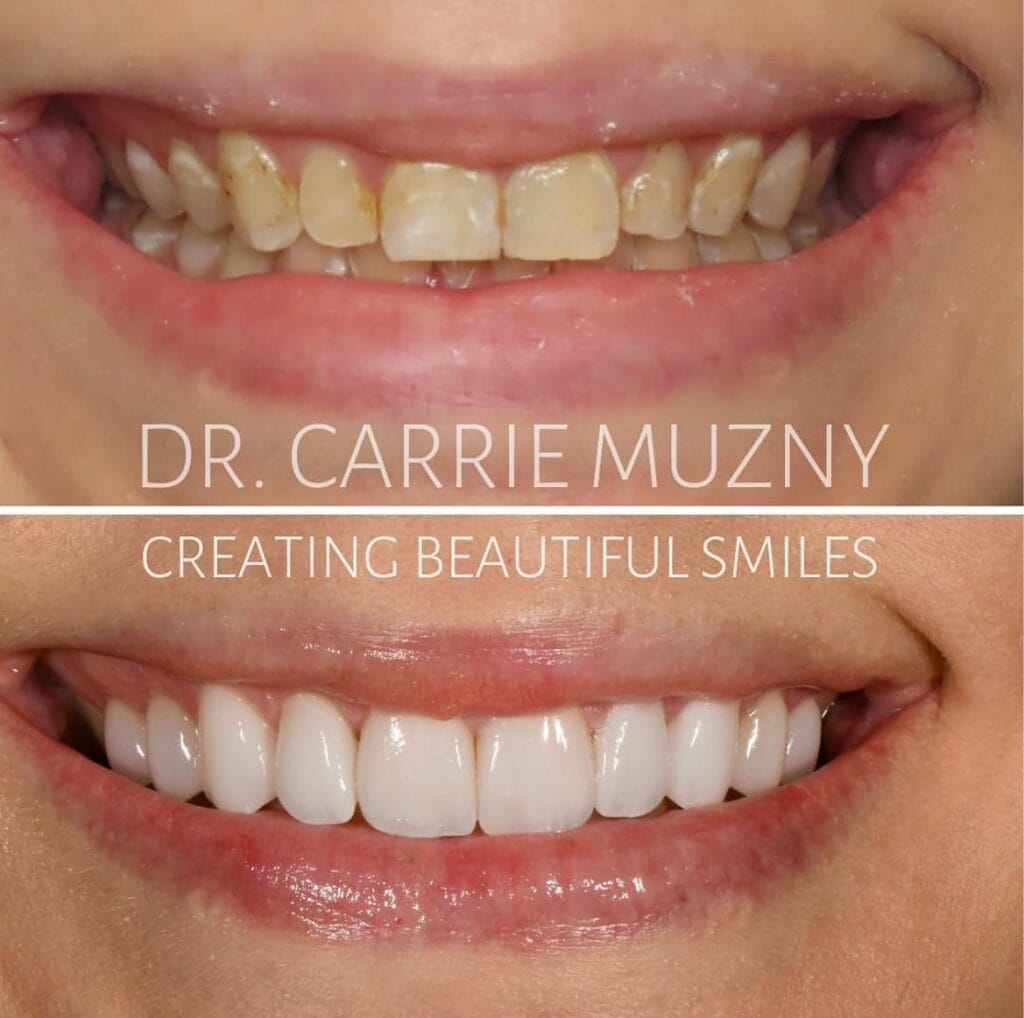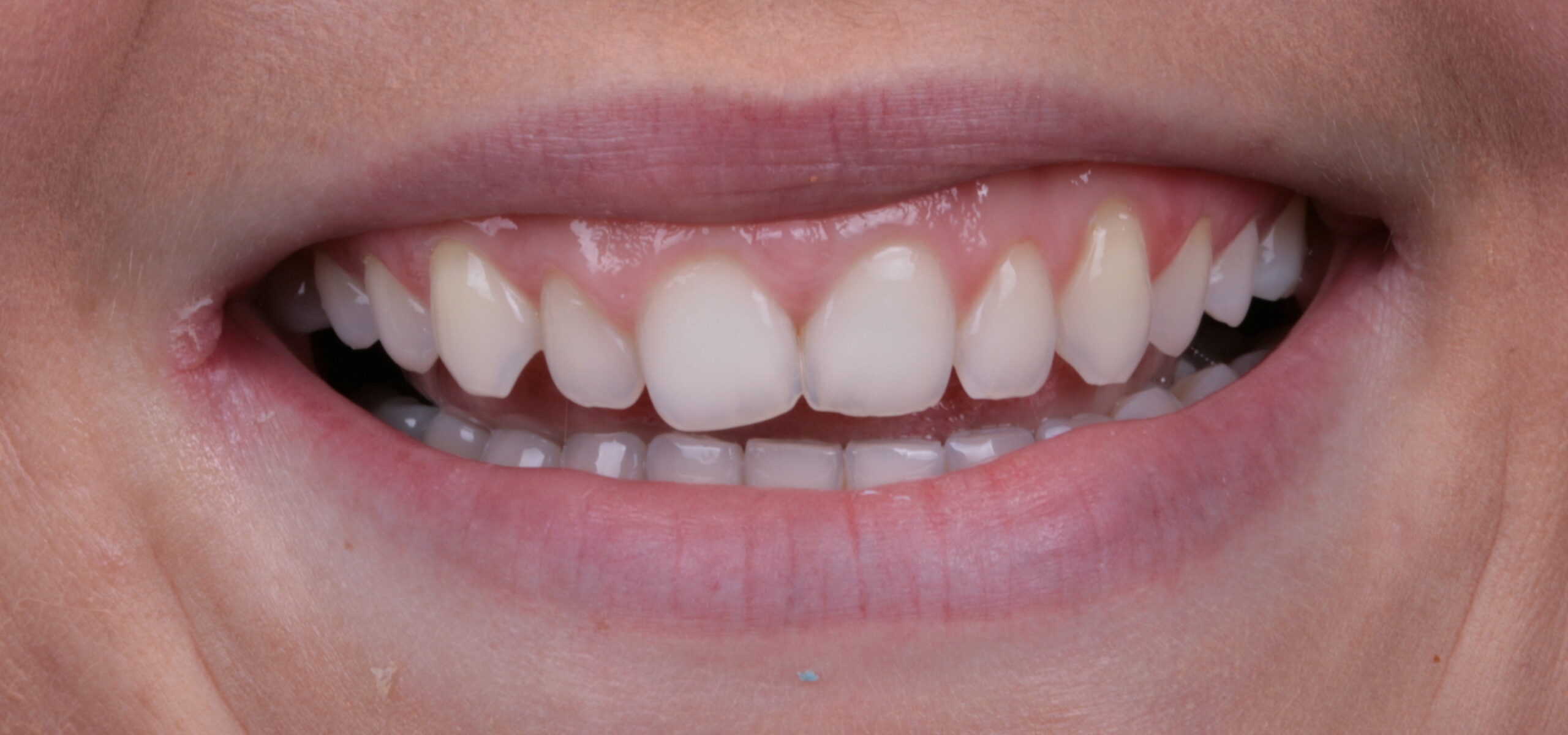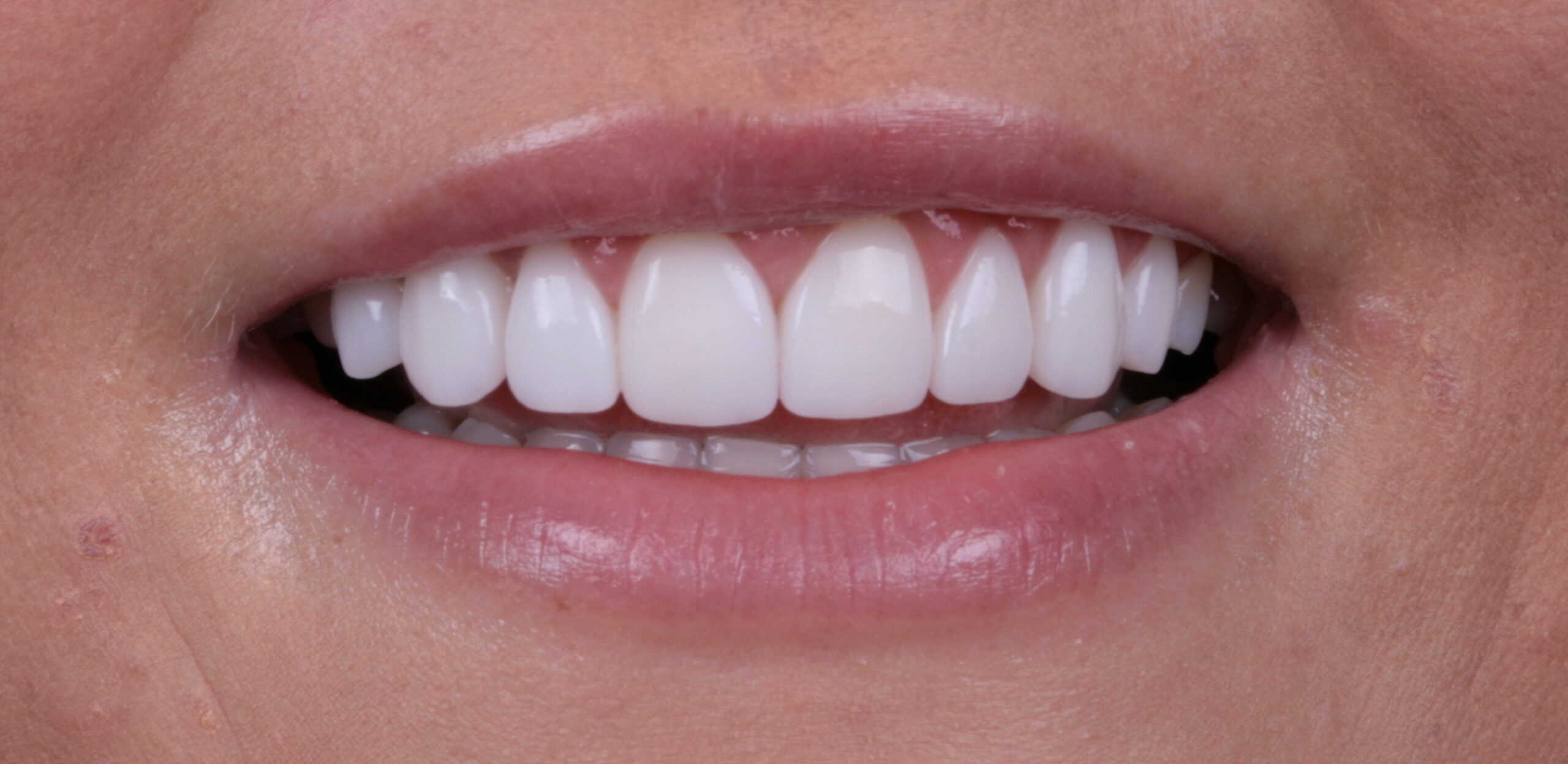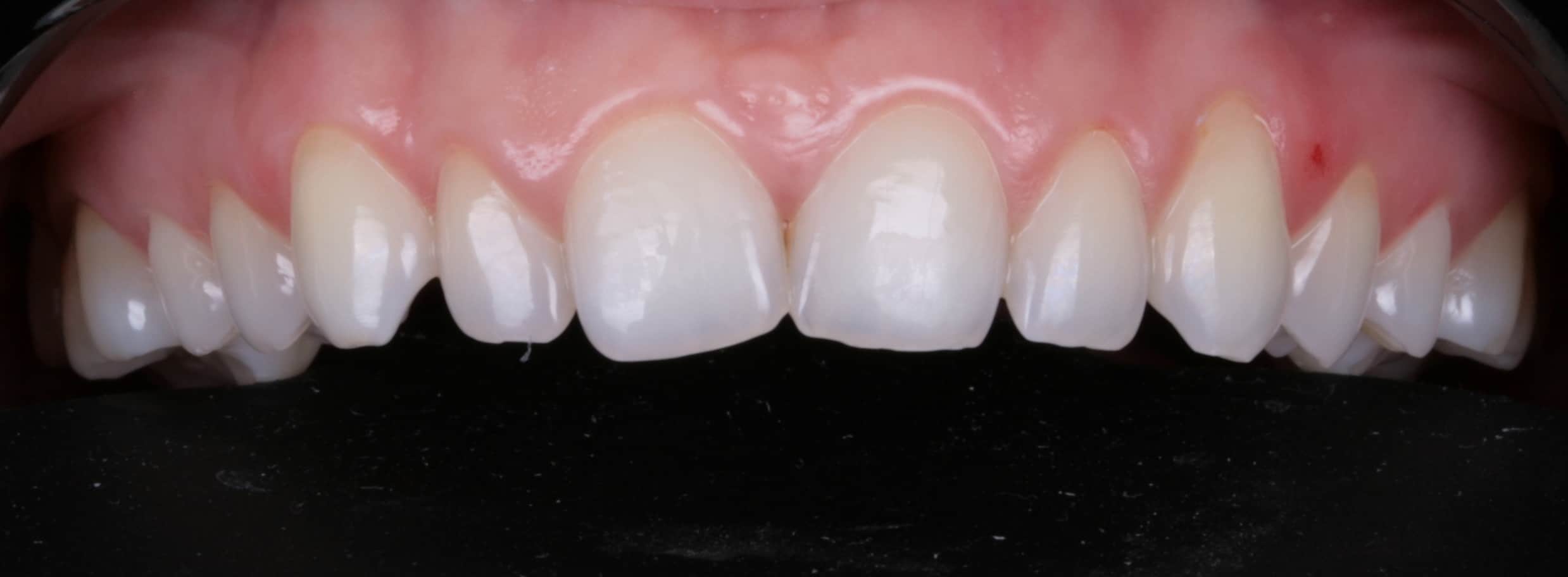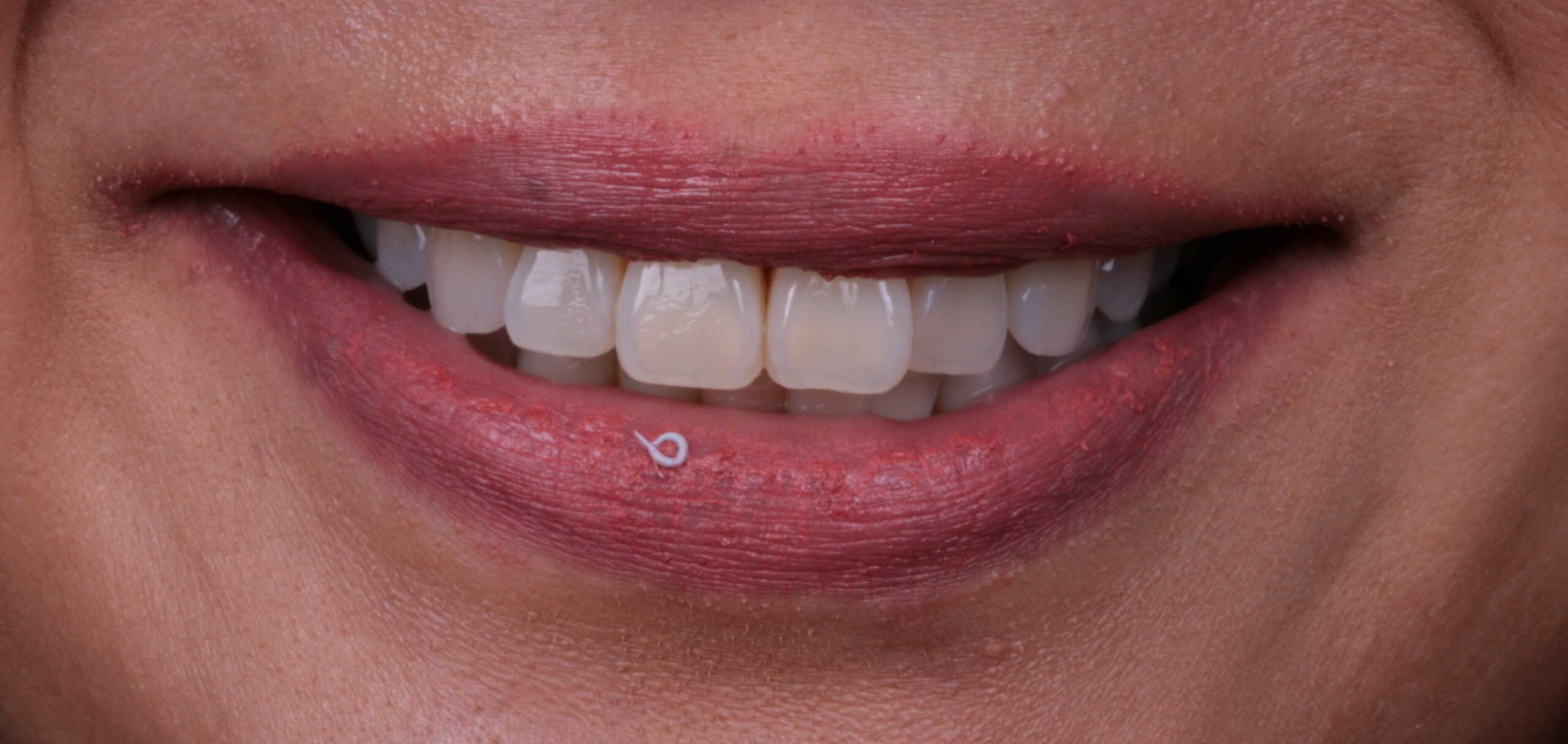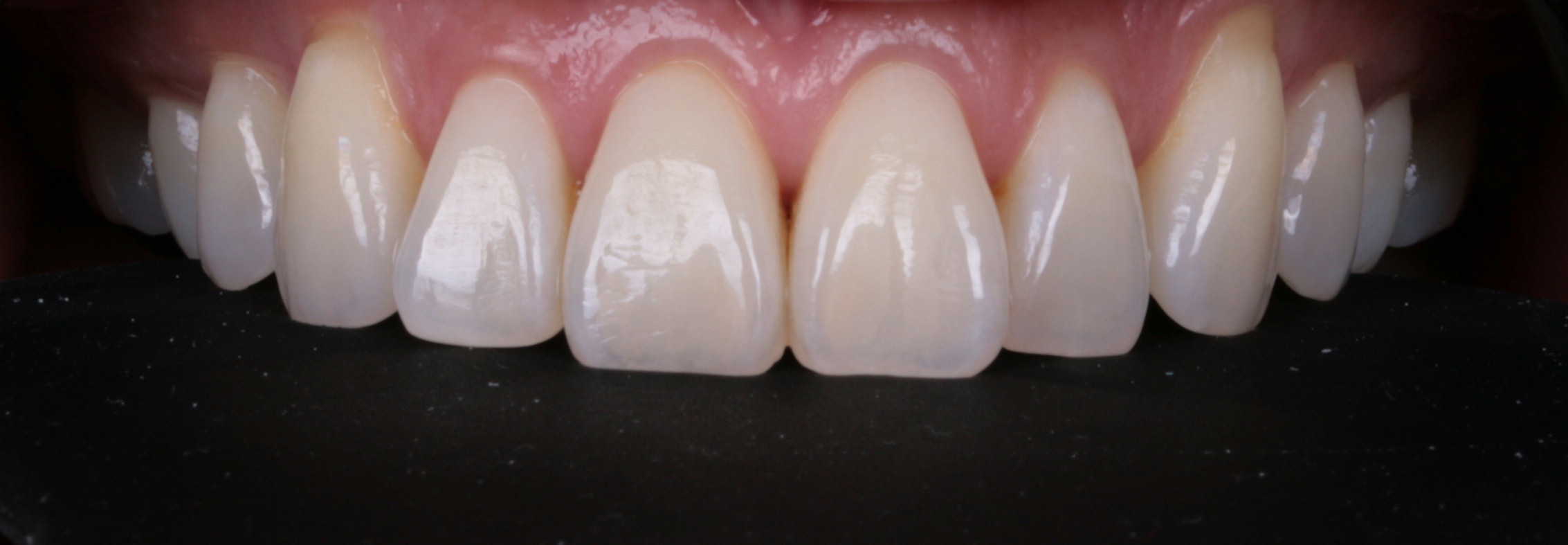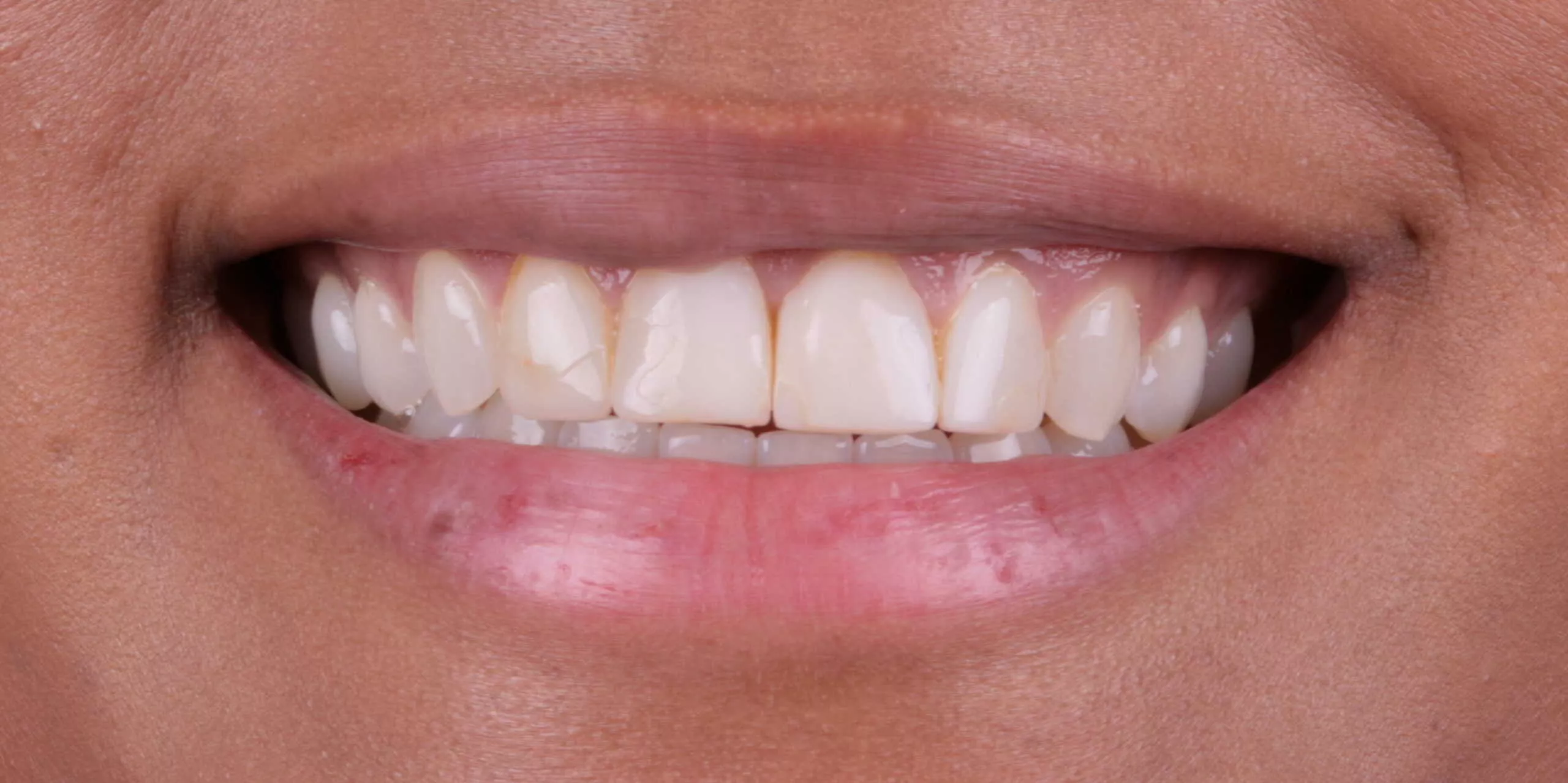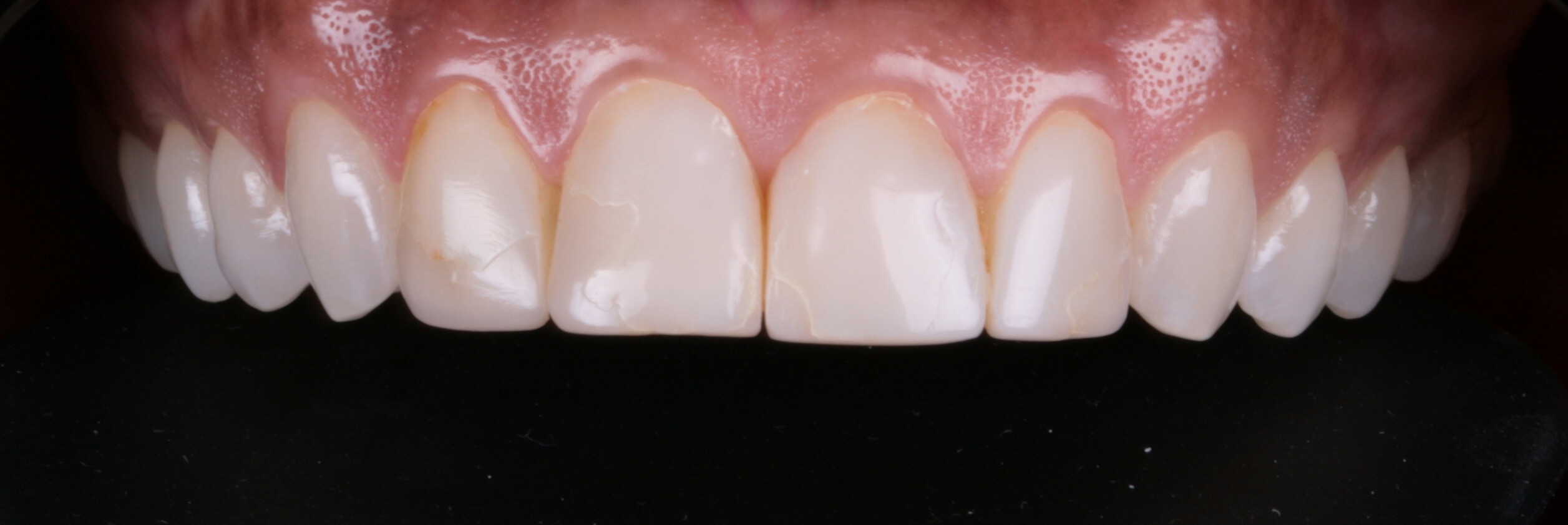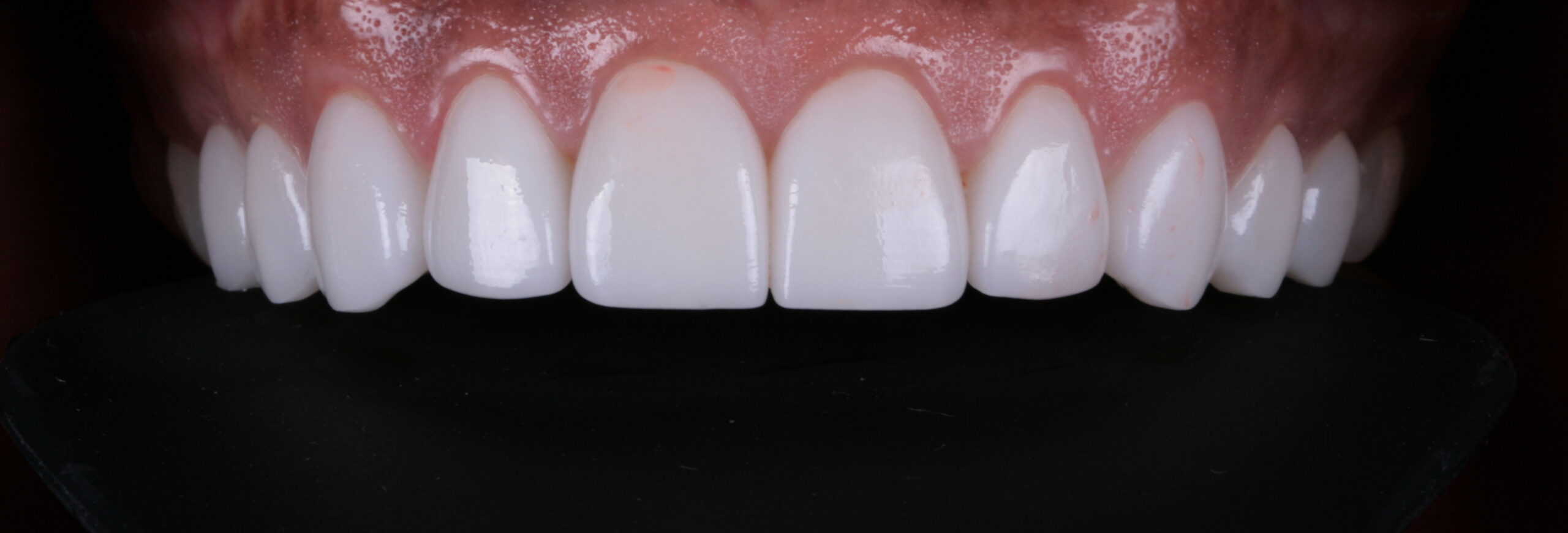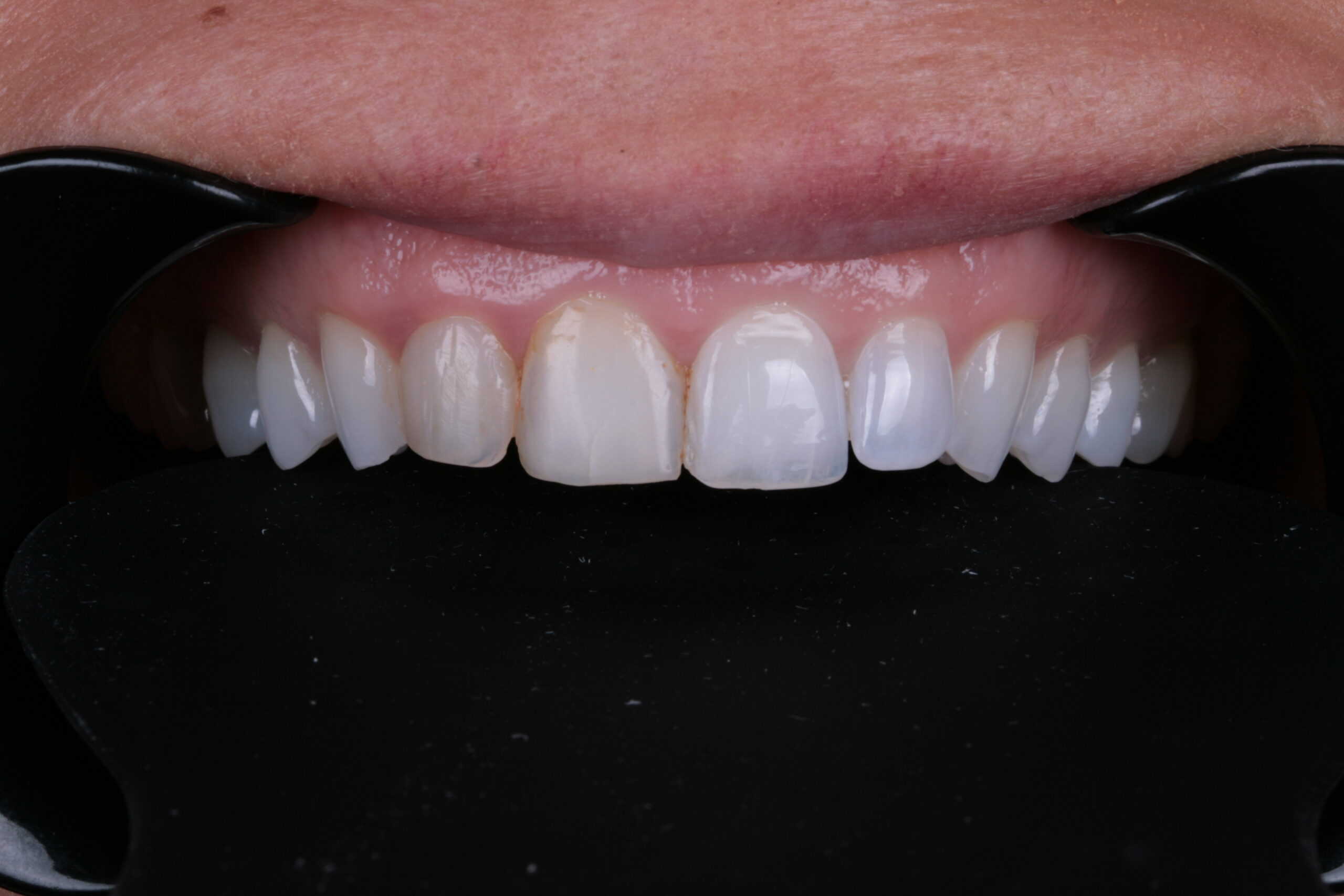In today’s digital age, dental practices must embrace online marketing strategies to reach and attract new patients. With the increasing competition in the dental industry, a solid online presence is crucial for staying ahead. This article explores effective dental marketing strategies tailored to the digital landscape, helping dental professionals expand their patient base and grow their practice.
Understanding the Digital Landscape
Before diving into specific marketing strategies, it’s essential to understand the digital landscape and how it has transformed the way patients seek dental services. The Internet has become the go-to resource for individuals searching for information, products, and services. This includes dental care.
Optimizing Website for Search Engines
Search engine optimization (SEO) is pivotal in enhancing a dental practice’s visibility online. By optimizing their website, dental professionals can ensure that their practice ranks higher in search engine results, making it more likely for potential patients to discover them.
Keywords related to dental services, location, and specific treatments should be strategically incorporated into website content. This helps search engines recognize the website’s relevance and rank it higher for relevant search queries.
Creating High-Quality Content
In the digital age, content is king. Dental practices should create high-quality, informative, engaging content that resonates with their target audience. Content can include blog posts, articles, videos, and infographics that educate patients about oral health, standard dental procedures, and preventive care.
By providing valuable content, dental professionals position themselves as authoritative sources, earning the trust and loyalty of potential patients.
Harnessing the Power of Social Media
Social media platforms have revolutionized communication and interaction. Dental practices can leverage these platforms to connect with potential patients, build relationships, and establish their brand. Here’s how:
Choosing the Right Social Media Channels
With various social media platforms available, choosing the ones that align with the practice’s goals and target audience is essential. Facebook, Instagram, Twitter, and LinkedIn are popular platforms for dental marketing.
Dental professionals should identify which platforms their target audience frequents the most and focus their efforts on those platforms.
Engaging Content and Visual Appeal
Dental practices should create engaging and visually appealing content. This can include before-and-after photos, patient testimonials, educational videos, and oral hygiene tips.
By consistently posting high-quality content, dental practices can attract followers, increase engagement, and convert social media users into new patients.
Embracing Online Reviews and Reputation Management
Positive online reviews can significantly impact a dental practice’s reputation and influence the decision-making process of potential patients. Implementing practical online assessment and reputation management strategies can help attract new patients. Here’s how:
Encouraging Patient Reviews
Dental professionals should proactively encourage satisfied patients to leave reviews on platforms like Google My Business, Yelp, or Healthgrades. Positive reviews serve as powerful social proof, instilling confidence in potential patients.
Responding to Feedback
Monitoring online reviews and promptly responding to positive and negative feedback is essential. Timely and thoughtful responses demonstrate a commitment to patient satisfaction and show potential patients their concerns are valued.
Addressing negative reviews with empathy and offering solutions can help mitigate potential damage to the practice’s reputation.
Leveraging Local SEO
Local SEO is crucial for dental practices attracting patients from their specific geographic area. Optimizing for local search helps dental professionals rank higher in search results when potential patients search for dental services in their local area. Here are some strategies to leverage local SEO effectively:
Claiming and Optimizing Google My Business Listing
Google My Business is a powerful tool for local businesses, including dental practices. By claiming and optimizing their Google My Business listing, dental professionals can ensure accurate and up-to-date information is displayed when potential patients search for their services. This includes the practice’s address, phone number, website link, and operating hours.
Additionally, encouraging patients to leave reviews on Google My Business can improve the practice’s visibility and reputation.
Targeting Local Keywords
Incorporating location-specific keywords throughout the website’s content can improve its visibility in local searches. This includes using keywords like “dentist in [city name]” or “dental clinic near me.”
It’s essential to create unique and relevant content that caters to the local audience, showcasing the practice’s expertise in addressing the specific dental needs of the community.
Embracing Video Marketing
Video marketing has gained immense popularity in recent years. It allows dental professionals to engage with potential patients in a more interactive and visually appealing manner. Here’s how dental practices can leverage video marketing effectively:
Educational and Informative Videos
Dental professionals can create educational videos that cover various topics, such as oral hygiene tips, explanations of standard dental procedures, and answers to frequently asked questions. These videos can be shared on the practice’s website, social media platforms, and video-sharing platforms like YouTube.
By providing valuable information through videos, dental practices can position themselves as trusted authorities and attract new patients seeking reliable dental advice.
Virtual Tours and Patient Testimonials
Another effective way to utilize video marketing is by offering virtual tours of the dental practice. This allows potential patients to familiarize themselves with the environment and facilities, creating a sense of comfort and trust.
Additionally, featuring patient testimonials in video format can significantly impact potential patients’ decision-making process. Hearing positive experiences directly from satisfied patients can instill confidence and encourage others to choose the practice for their dental needs.
Tracking and Analyzing Results
it’s essential to track and analyze the results regularly. This helps identify what’s working well and what needs improvement. Here are some key metrics to monitor:
Website Traffic and Conversion Rates
Analyzing website traffic data, including the number of visitors, page views, and conversion rates, provides insights into the effectiveness of SEO efforts and content marketing strategies.
By identifying the most popular pages and traffic sources, dental practices can optimize their website further to attract more visitors and convert them into patients.
Social Media Engagement
Monitoring social media engagement metrics, such as likes, comments, shares, and follower growth, helps dental professionals gauge the success of their social media marketing efforts.
By understanding which types of content resonate the most with their audience, dental practices can refine their social media strategy and maximize engagement.
Online Reviews and Reputation
Keeping track of online reviews and the practice’s overall reputation is crucial. Monitoring the number of reviews, ratings, and sentiments expressed in feedback provides valuable insights into patient satisfaction and helps identify areas for improvement.
Addressing negative reviews promptly and encouraging positive thoughts can help maintain a positive online reputation.
Conclusion
In conclusion, embracing online dental marketing strategies is essential for dental practices to reach new patients in the digital age. By optimizing their website for search engines, leveraging social media, embracing online reviews, harnessing local SEO, and utilizing video marketing, dental professionals can expand their patient base and establish a solid online presence. Regularly tracking and analyzing the results allows continuous improvement and ensures long-term success in attracting new patients.

